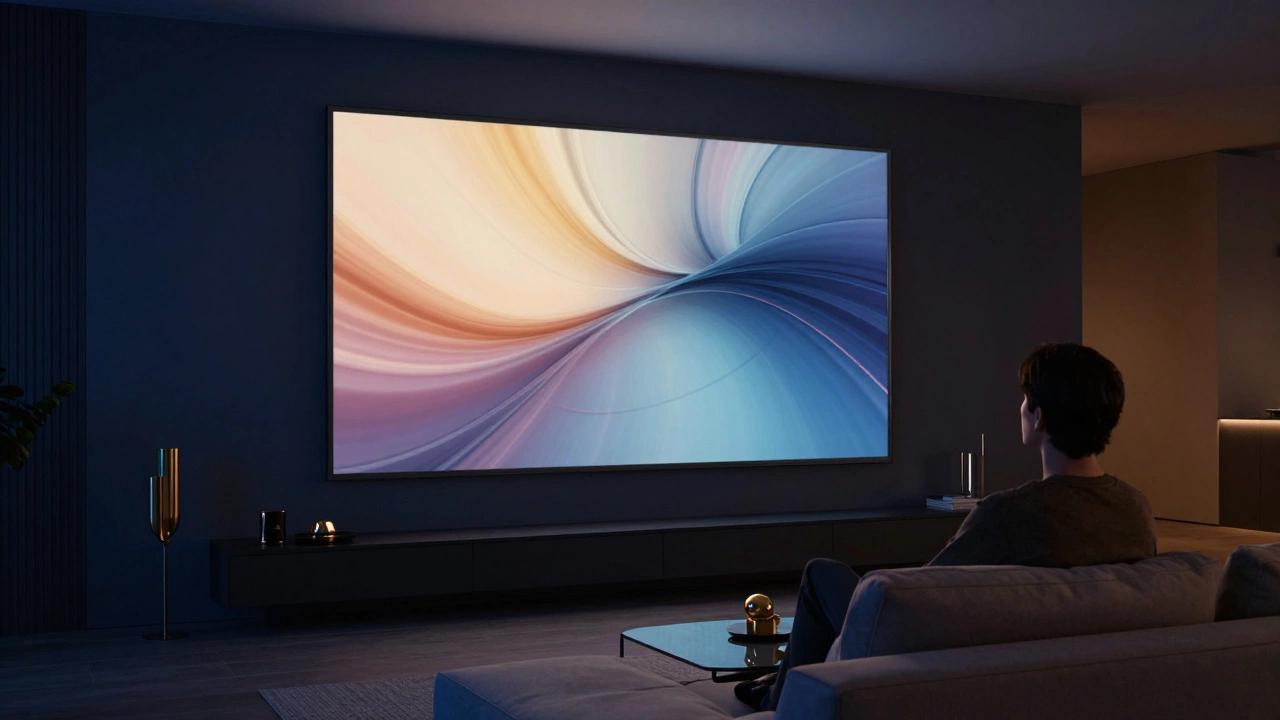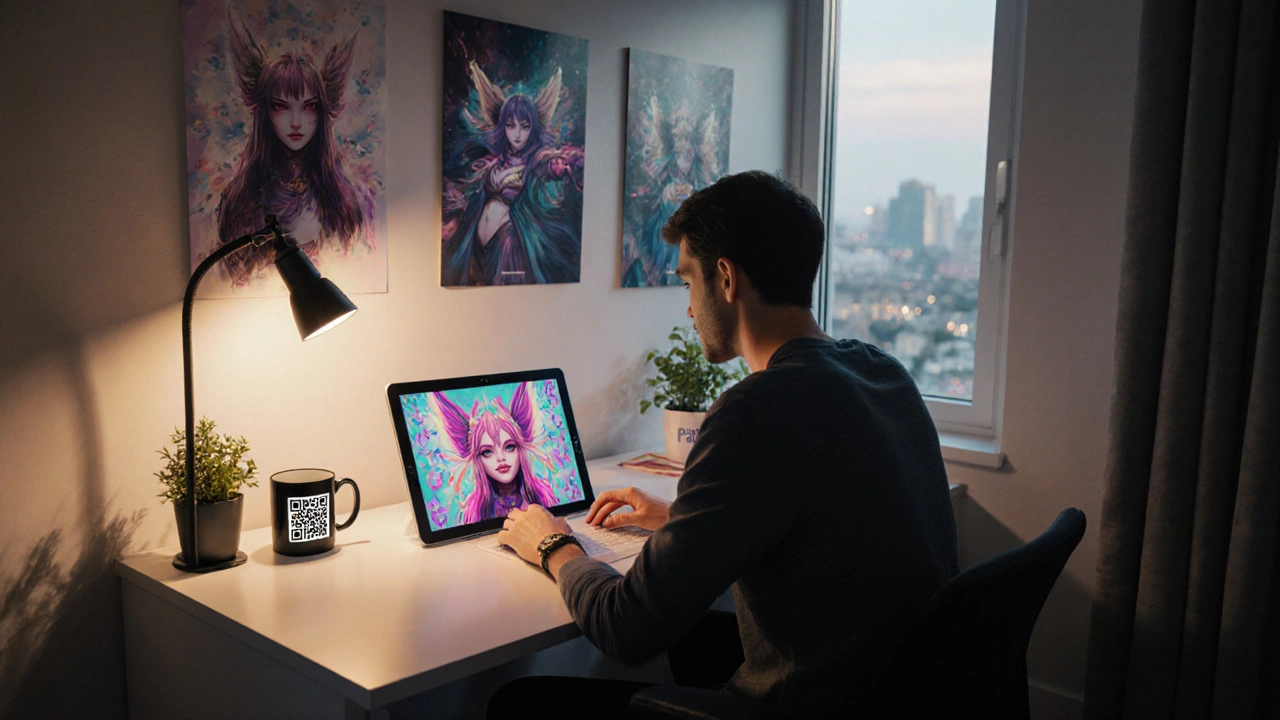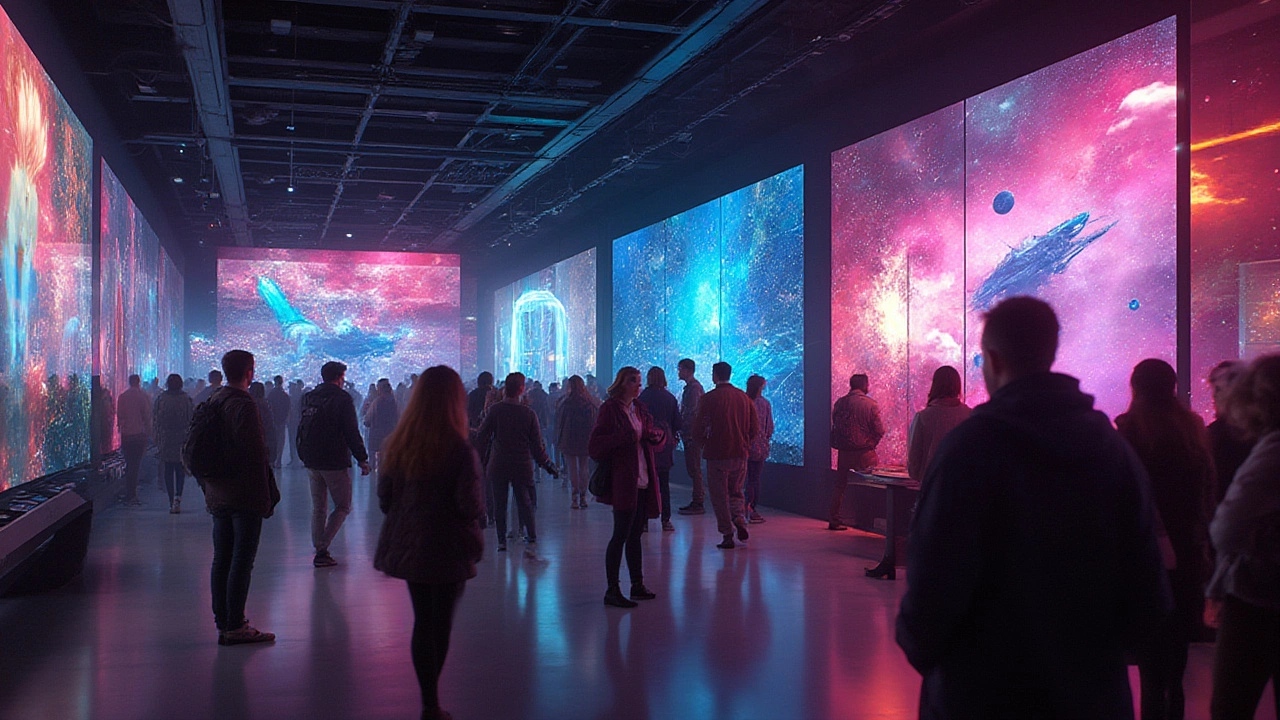NFT Art Explained – How Digital Collectibles Empower Artists
If you keep hearing the term "NFT art" and wonder if it’s just hype, you’re not alone. NFT stands for non‑fungible token, a unique digital certificate stored on a blockchain. When an artist creates a piece and mints it as an NFT, that token proves ownership and authenticity, just like a signed painting in a gallery.
Unlike a regular file that anyone can copy, an NFT carries a verifiable record of who created it, when it was minted, and who currently owns it. This transparency lets collectors buy, trade, and resell digital works with confidence, and it gives artists a way to earn royalties every time the piece changes hands.
Why Artists Are Turning to NFT Art
First, NFTs break down geographic barriers. A creator in Manchester can sell to a buyer in Tokyo without needing a gallery or dealer. Second, the built‑in royalty system means you keep earning a percentage every resale—something traditional art rarely offers. Third, the community around crypto art is eager to support new talent, often providing exposure through social channels, Discord groups, and virtual exhibitions.
From a practical standpoint, minting an NFT is straightforward. Platforms like OpenSea, Rarible, and Foundation let you upload an image, set a price, and choose royalty rates in just a few clicks. The main cost is the blockchain transaction fee, known as “gas,” which varies but is usually lower than gallery commissions.
Getting Started with NFT Art
Start by deciding which blockchain you want to use—Ethereum is popular but can be pricey, while alternatives like Polygon or Tezos offer lower fees. Create a digital wallet (MetaMask works for most beginners) and add a small amount of cryptocurrency to cover gas costs. Next, choose a marketplace that matches your style and audience.
When you mint, think about the story behind the piece. Collectors love context, so write a brief description explaining your inspiration, technique, and any special features (like unlockable content or future collaborations). Set a royalty percentage—10% is common, but you can go higher if you feel the platform allows.
After minting, promote your NFT just like any other artwork. Share the link on Instagram, Twitter, and art forums. Engage with the community by commenting on other artists’ drops and joining virtual gallery events. The more you interact, the more visibility your piece gets.
Remember, NFT art is still evolving. Trends shift, and some platforms rise while others fade. Keep an eye on market news, experiment with different formats (videos, 3D models, generative art), and stay adaptable. With the right approach, NFTs can become a steady revenue stream and a powerful way to showcase your creativity to a global audience.

11 Dec 2025
People are still buying digital art in 2025-not as a gimmick, but as real collectibles. From NFTs to framed digital displays, buyers value authenticity, artist connection, and new ways to experience art. Here’s how and why it’s growing.
Continue reading...

18 Nov 2025
Digital art can make real money in 2025 through NFTs, commissions, licensing, and print sales. Learn how artists earn, where to sell, and what sells best-no fancy tools needed.
Continue reading...


